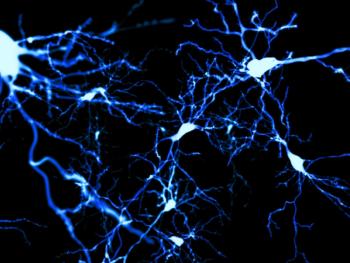
In this study, the nitrophenol isomers, in solid and liquid phases, were analyzed using Raman spectroscopy, laying the groundwork for determining nitrophenol isomers in environmental monitoring with this technique.

In this study, the nitrophenol isomers, in solid and liquid phases, were analyzed using Raman spectroscopy, laying the groundwork for determining nitrophenol isomers in environmental monitoring with this technique.

Analysts using fluorescence emission and fluorescence excitation spectroscopy may encounter several common problems in their measurements. This tutorial, the first of a three-part series, provides a procedure to help avoid them.

As this study demonstrates, energy-dispersive X-ray fluorescence (EDXRF) and multivariate statistical analysis can be used to distinguish different classes of historical artifacts, such as ancient pottery—revealing insights about theirs origin and uses.

The way the analytical signal is managed in ICP-MS has a direct impact on the results generated. In this first of a two-part series, we explain the fundamental principles of a scanning quadrupole and how measurement protocols can be optimized based on data quality objectives.

The second in a two-part series highlighting key explanatory or tutorial references for each of 29 chemometric methods.

Laser-induced breakdown spectroscopy (LIBS) is an ideal method for elemental analysis of geological samples, and has been used by NASA on the Mars rovers. This article details the methodology and the most successful calibration and quantification methods to date.